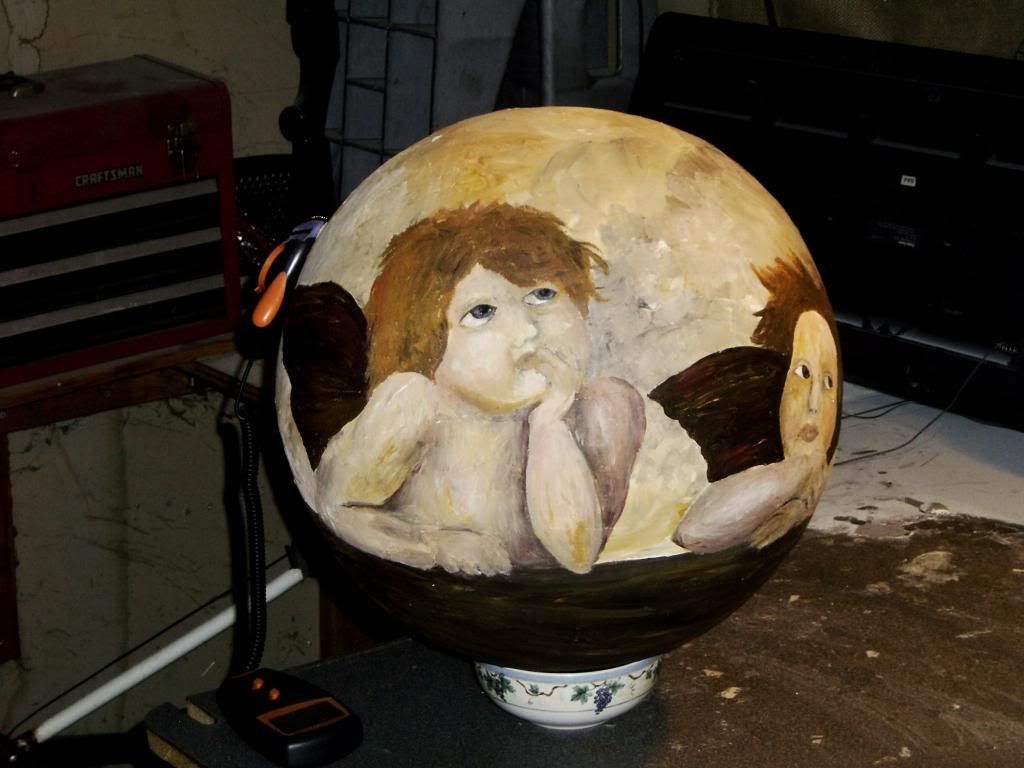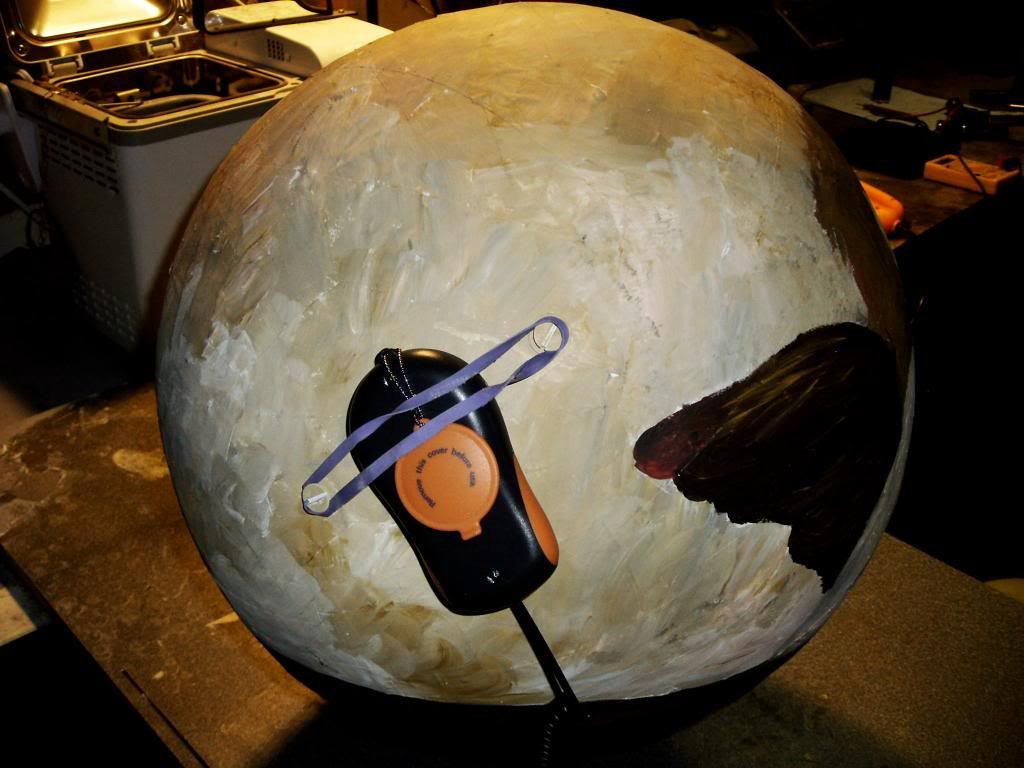Edit: Short answer is this - The point of an integrating sphere is to equalize the readings regardless of beam profile, whether it be a flooder or thrower. The reason it's typically a sphere is because its the best geometric shape for this function.
Foy,
Your reasoning partially correct, but does have a few fundamental flaws. Not sure how this explanation is going to come out, but I'll give it a go (with the help of my good friend, Caffeine :) ) :
* There are actually two mathematical variables to this equation: Correction factor and Offset. I believe what's happening is that you're mistaking the offset for the correction value.
* The correction factor you are looking for in an I.S. has nothing to do with ambient light. Ideally ambient light should be zero, but even if it's not (aka not a perfect seal around the I.S. entrance) it's still a static value that is subtracted from the final calculated result. Imagine the following:
Let's say your office is a perfect I.S. due to your explicit design parameters given to the general contractor (he still thinks you're nuts btw...). The only problem with this I.S. office of tranquility is that pesky window your wife penciled into the blueprints while you were out test driving the new Camaros. Even if you test your lights only at night after watching reruns of The Sopranos there is still a little light coming into the room from your crazy neighbors Christmas decorations he leaves up all year. The good thing is, the value of this light is static, i.e. constant and never changing and the amount will be subtracted from your total value. If the amount is 15 lm, that amount will be subtracted from the total of any light you test in your office regardless of any other variables (that is of course, until you make a phone call to cash in a favor and that "problem neighbor" ceases to be a problem). A 115lm reading from a pen light will give you 100 actual lumens and an 815lm reading from a superthrower will give you 800lm and so on...
* The variable we're really concerned about though is what I've been referring to as the Correction value. Ideally this value will be constant independent of the light source. The main factor in helping keep this value constant across all shapes and beam sizes is how well your sphere integrates the light. The difference between this and offset is that this value is a coefficient in our lux to lumens calculation. If all of the light from a source isn't integrated properly, the accuracy of our readings will deteriorate proportionally as the lux value increases from brighter lights. Let's try a more realistic scenario now:
Let's say your office has to be the more mundane cube shape because your missus didn't want this big sphere attached to the house due to the annoying fact that neighbor kids might mistake it for a mini Epcot Center (grumble grumble...). Because you're an understanding fella, you make this one concession (you still get the new Camaro though). The walls are a pleasing hospital white along with the ceiling, and the decorative motif of the day is based on 19th century institutional minimalism (without the padded walls of course, they're tacky).
Now there is no window (but even if there was, we now know how to compensate for that) and you set off testing everything from a new Dry to the Olight SR90. You calculate your correction value based off of your beloved Ultrafire 980L (My Precious...). Everything is going well until you start noticing discrepancies in your data. The thrower lights amongst your vast collection seem to be reading spot on (pun intended), while the floodier lights seem to read lower than expected. This is because the throwers are benefiting more from the ceiling bounce that a comparative flooder, which must rely on the walls to help get some of that light back to the sensor. Here's where integration matters. On lower powered lights the difference may be chalked up to lackluster manufacturer's tolerances...but as the output of the light increases this error will become exponentially larger and may drive you to put a hit out on your general contractor and a slew of overseas light manufacturers for false advertising...
* A close to ideal test of any apparatus used to ultimately measure lumens would be this: Measure a bare emitter at a known current, then place a smooth reflector over that emitter and measure again. If the results are fairly close (there will be a slight loss from the reflector) your I.S. works. If on the other hand your results favor the reflector over the bare emitter, the light is not being properly integrated and any results obtained are most likely as meaningless as my ramblings...
**Disclaimer: This was typed while treating a head cold with coffee and vodka, along with the fact that my academic background lies in nuclear/electrical engineering and not optics. In other words, I may just be talking out my arse...




